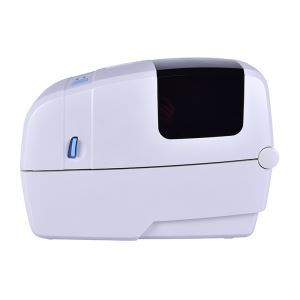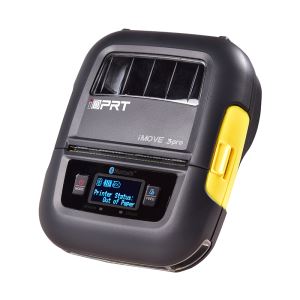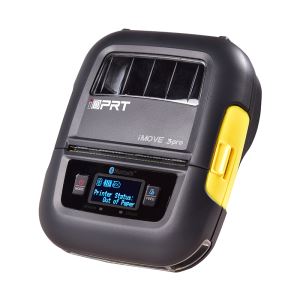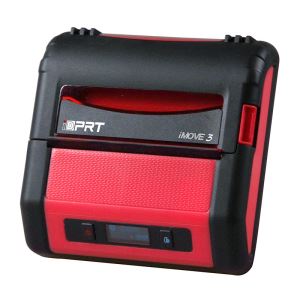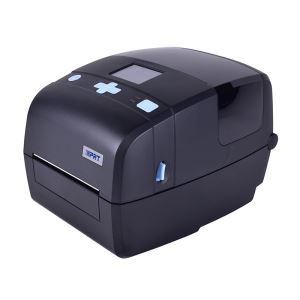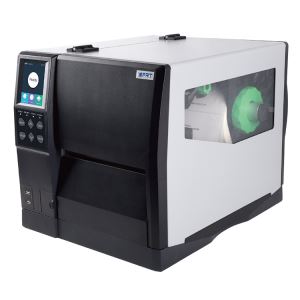The barcode is defined as an optical, machine-readable representation of data, and could be devided into 1D barcode and 2D barcode.
1D barcodes systematically represent data by varying the widths and spacings of parallel lines, and 2D barcodes use the rectangles, dots, hexagons and other geometric patterns to represent data, although they do not use bars as such.
The barcode was invented by Norman Joseph Woodland and Bernard Silver and patented in US in 1952 (US Patent 2,612,994). The invention was based on Morse code that was extended to thin and thick bars. However, it took over twenty years before this invention became commercially successful. An early use of one type of barcode in an industrial context was sponsored by the Association of American Railroads in the late 1960s. Developed by General Telephone and Electronics (GTE) and called KarTrak ACI (Automatic Car Identification), this scheme involved placing colored stripes in various combinations on steel plates which were affixed to the sides of railroad rolling stock. Two plates were used per car, one on each side, with the arrangement of the colored stripes encoding information such as ownership, type of equipment, and identification number.[1] The plates were read by a trackside scanner, located for instance, at the entrance to a classification yard, while the car was moving past. The project was abandoned after about ten years because the system proved unreliable after long-term use. [Subtracted from Wikipedia]
Barcodes at first were used to automate supermarket checkout systems, a task for which they have become almost universal. After that, the use of barcode is expanded to many other applications that are generically referred to as automatic identification and data capture (AIDC). The barcodes with data inside could be used to identify, verify, record, communicate and store information on many different kinds of items. The desktop barcode printers or mobile barcode printers are used to print out the labels with barcodes, and after the item is sticked with barcode labels, it can be recorded, tracked, verified through this barcode by the data capture machines, such as barcode scanners, smartphones, PDAs, etc.
Initially, barcodes were only scanned by special optical scanners called barcode readers. But later application software became available for devices that could read images, such as smartphones with cameras.
Except the AIDC, the barcode also plays an important role in the new cashless payment method. In China, the cashless payment is more and more popular, and we can use Wechat pay or Alipay in markets, restaurants, hotels, hospitals, and so on. And the 2D barcode plays the Key role in this cashless payment movement.
Therefore, the barcode is becoming more and more inevitable in our daily life already.
- Previous: Advantages Of Barcode Printers
- Next: How To Choose A Barcode Printer
Related News
- Interface Types Of Barcode Scanner
- The Development Prospect Of Barcode Scanner
- The Working Principle Of Barcode Scanner
- Types Of Barcode Scanners
- What Are Barcode Scanners?
- How To Maintain Barcode Printer?
- Advantages Of Barcode Printers
- Bar Code Printer Development Status
- Bar Code Printer Cleaning
- iDPRT Will Show At LogiMAT 2019 Stuttgart, 19-2...
- Bar Code Printer Pressure Adjustment And Fast P...
- How To Choose A Barcode Printer
- Thermal Label Printer
- How to Choose The Barcode Printer Model
- Thermal Printing Technology
- Thermal Paper Required For Thermal Printers
- Desktop Barcode Printer
- 2018, iDPRT is Waiting For You In Dubai GITEX
- Application Of Thermal Printing Technology
- iDPRT Invites You to Join Gitex Exhibition 2017


